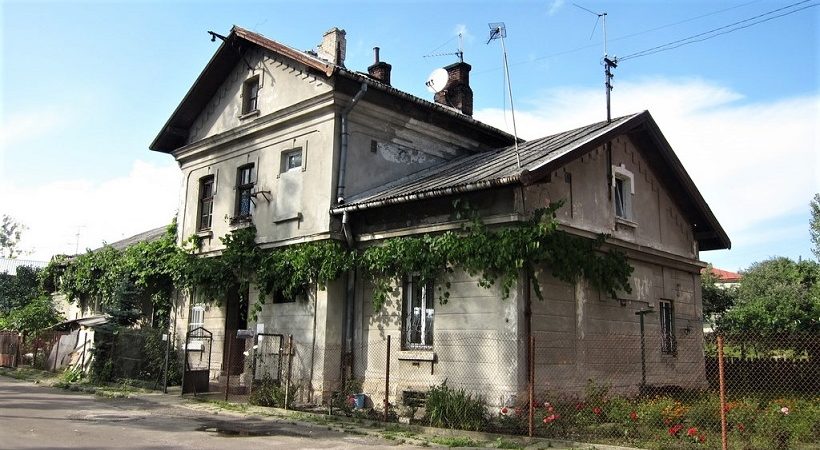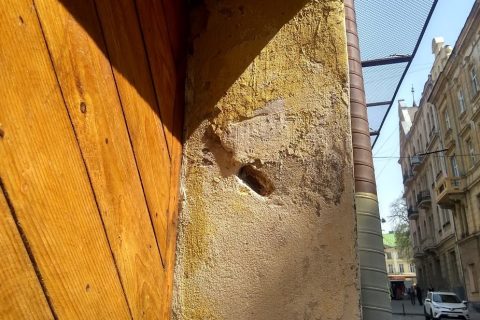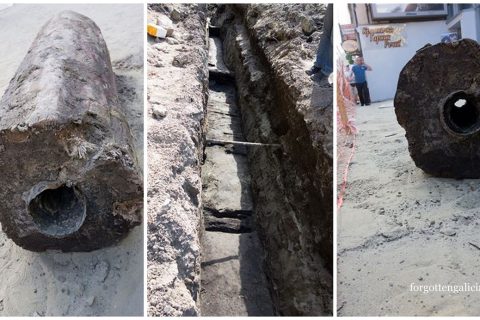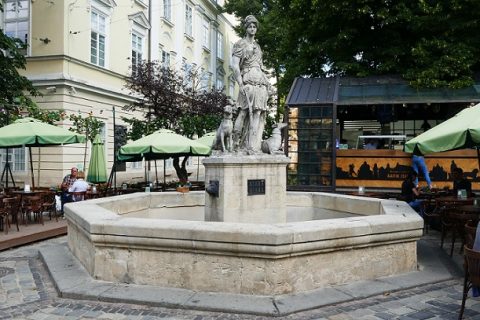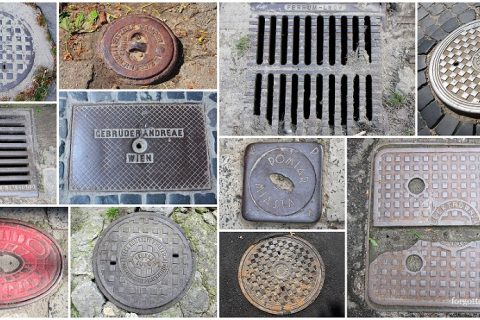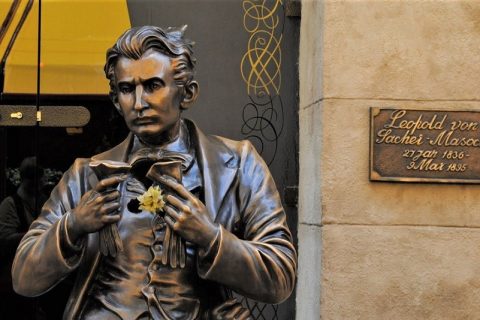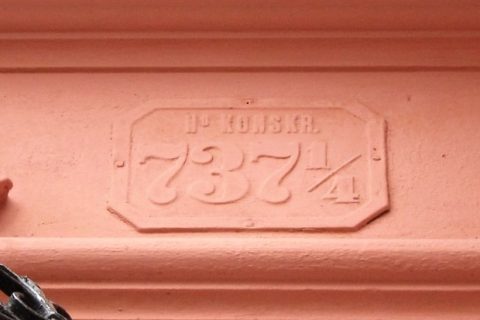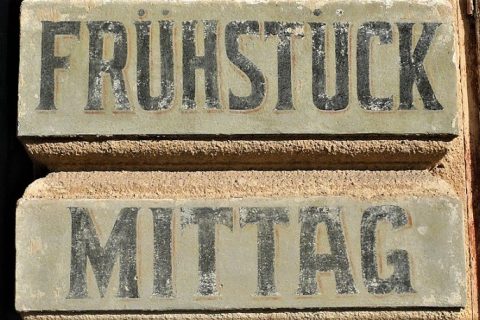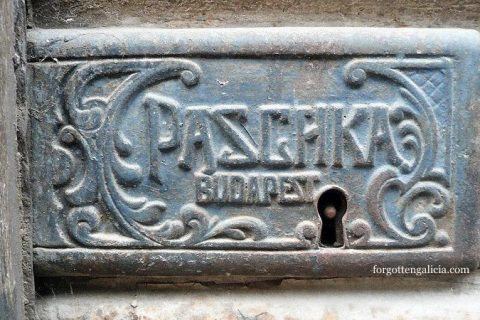Lychakiv Station: Lviv’s Forgotten Train Station
Tucked away in an old neighborhood on the east side of Lviv is the site of a former Austrian-era train station — the Lychakiv Station. Lychakiv Station, built in 1906, was Lviv’s third — after the Main Railway Station and the Pidzamche Station north of the city. The station was […]
Read More
